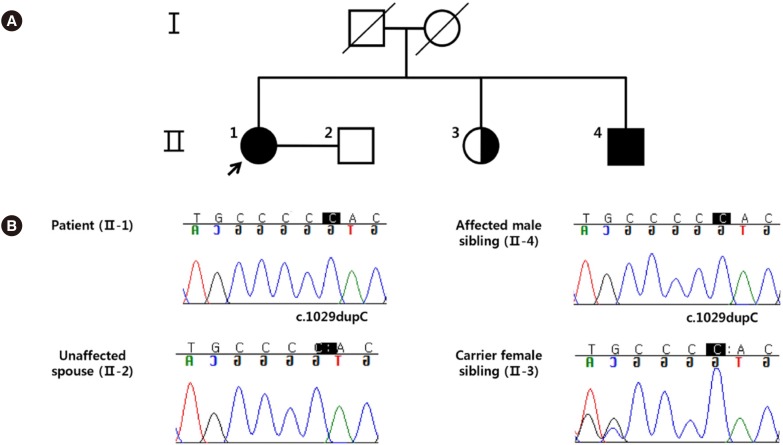Ann Lab Med.
2019 Nov;39(6):602-605. 10.3343/alm.2019.39.6.602.
First Case in Korea of a Patient With Anti-PP1Pk Antibodies: Successful Blood Management via Acute Normovolemic Hemodilution
- Affiliations
-
- 1Department of Laboratory Medicine and Genetics, Samsung Medical Center, Sungkyunkwan University School of Medicine, Seoul, Korea. duck.cho@skku.edu
- 2Department of Laboratory Medicine, Soonchunhyang University Hospital Cheonan, Soonchunhyang University College of Medicine, Cheonan, Korea.
- 3Department of Health Sciences and Technology, Samsung Advanced Institute for Health Sciences and Technology, Sungkyunkwan University, Seoul, Korea.
- 4Department of Laboratory Medicine, Chonnam National University Medical School & Hospital, Gwangju, Korea.
- 5Department of Laboratory Medicine, Dong-A University Hospital, Busan, Korea.
- 6Department of Anesthesiology and Pain Medicine, Samsung Medical Center, Sungkyunkwan University School of Medicine, Seoul, Korea. jonghwanlee75@gmail.com
- 7Department of Surgery, Samsung Medical Center, Sungkyunkwan University School of Medicine, Seoul, Korea.
- KMID: 2450962
- DOI: http://doi.org/10.3343/alm.2019.39.6.602
Abstract
- No abstract available.
Figure
Reference
-
1. Hellberg A, Steffensen R, Yahalom V, Sojka BN, Heier HE, Levene C, et al. Additional molecular bases of the clinically important p blood group phenotype. Transfusion. 2003; 43:899–907. PMID: 12823750.2. Koda Y, Soejima M, Sato H, Maeda Y, Kimura H. Three-base deletion and one-base insertion of the alpha(1,4)galactosyltransferase gene responsible for the P phenotype. Transfusion. 2002; 42:48–51. PMID: 11896312.3. Hellberg A, Ringressi A, Yahalom V, Safwenberg J, Reid ME, Olsson ML. Genetic heterogeneity at the glycosyltransferase loci underlying the GLOB blood group system and collection. Br J Haematol. 2004; 125:528–536. PMID: 15142124.4. Yan L, Zhu F, Xu X, Zantek ND. Molecular basis for p blood group phenotype in China. Transfusion. 2004; 44:136–138. PMID: 14692982.5. Wang YC, Chang CF, Lin HC, Lin KS, Lin KT, Hung CM, et al. Functional characterisation of a complex mutation in the alpha(1,4)galactosyltransferase gene in Taiwanese individuals with p phenotype. Transfus Med. 2011; 21:84–89. PMID: 21092013.6. Li X, Diao X, Xia X, Hong X, Zhu F. A novel mutation in A4GALT was identified in a Chinese individual with p phenotype. Transfusion. 2017; 57:215–216. PMID: 27612185.7. Fung MK EA, Spitalnik SL, et al. Technical Manual. 19th ed. Bethesda, Maryland: American Association of Blood Banks;2018. p. 286–290.8. Matot I, Scheinin O, Jurim O, Eid A. Effectiveness of acute normovolemic hemodilution to minimize allogeneic blood transfusion in major liver resections. Anesthesiology. 2002; 97:794–800. PMID: 12357142.9. Nadler SB, Hidalgo JH, Bloch T. Prediction of blood volume in normal human adults. Surgery. 1962; 51:224–232. PMID: 21936146.
- Full Text Links
- Actions
-
Cited
- CITED
-
- Close
- Share
- Similar articles
-
- Intraoperative Normovolemic Hemodilution in Patients Undergonig Posterolateral Spinal Fusion: Safety and Efficacy
- Acute normovolemic hemodilution for a patient with secondary polycythemia undergoing aortic valve replacement due to severe aortic stenosis - A case report -
- Acute Normovolemic Hemodilution Decreases Transfusion Requirement in Spinal Surgery
- An Experiment on Intraoperative Autotransgusion and Normovolemic Hemodilution with hartmann`s Solution and Rheomacrodex
- The Effect of Acute Normovolemic Hemodilution on Cardiopulmonary Bypass in Coronary Artery Bypass Grafting Surgery


